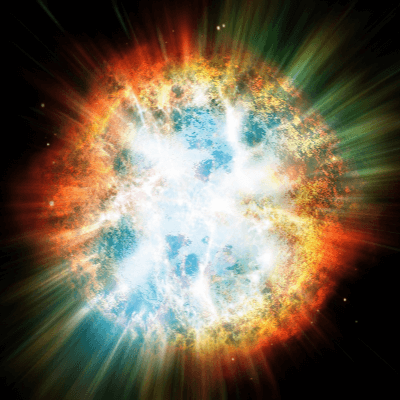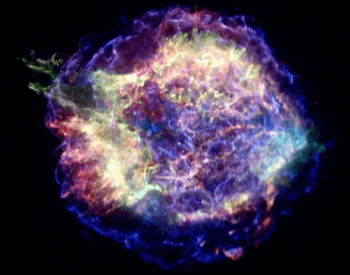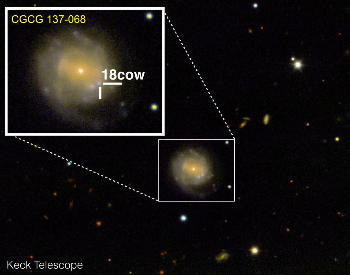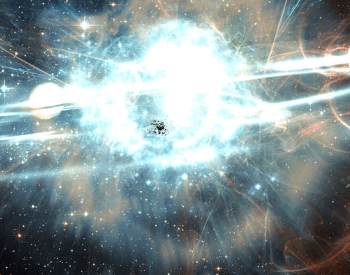
This web page contains supernova facts for kids and is a great resource for anyone of any age researching supernovas. We’re going to provide you with the latest and most accurate facts about supernovas from scientific sources. Alongside supernova facts, you’ll get to see some awesome pictures and additional resources on supernova.
The supernova facts below will help you understand what a supernova is, how common are supernovas, how powerful a supernova explosion is and what are some past supernova explosions and other facts about supernovas. We hope the below supernovas facts are helpful and make researching them fun, while opening your imagination into space.
If any of the below supernova facts are inaccurate or out of date, please contact us and let us know.
14 Supernova Facts for Kids
- A supernova is a powerful stellar explosion that occurs during the late evolutionary stages of a star.
- The word supernova was coined in 1931 by Fritz Zwicky and Walter Baade.
- A supernova is so bright that its peak luminosity can be compared to the luminosity of an entire galaxy.
- A supernova can eject matter from its center at speeds up to 25,000 miles per hour.
- A supernova shockwave can trigger the formation of new stars.
- A supernova explosion destroys what’s left of the star or collapses to a neutron star or black hole.
- Astronomers believe there are two to three supernova events in our galaxy every century.
- Astronomers estimate there are 100 billion galaxies in the known universe, that means somewhere in our universe a star goes supernova every five to ten seconds.
- A supernova can affect the Earth’s biosphere from a distance as far as 1,000 light years away.
- There have been only eight supernovas in recorded history that have been visible by the naked eye, and out of these eight supernovas only three have happened in the last 1,000 years.
- The first supernova to be observed by humans is believed to be HB9 between 4500 and 1000 BC.
- The brightest supernova ever recorded was SN 1006 in 1006 AD, it was observed in China, Europe, Egypt, Iraq and Japan.
- The SN 1987 supernova, which was first observed on February 18th, 1987, was the first one that astronomers could study in detail.
- The Crab Nebula was created by the remnants of SN 1504, a supernova first observed on July 4th, 1054.
Supernova Pictures



Additional Resources to Research Supernovas
- What is a Supernova? – Learn what a supernova is and its amazing power on the NASA website.
- Information and Facts About Supernovas – Discover more information and facts about Supernovas on the National Geographic website.
- Supernovas for Kids – A get resource for kids with facts about supernovas on the European Space Agency website.
